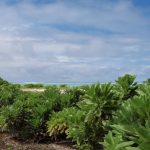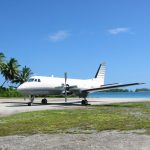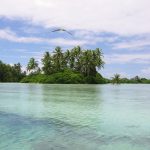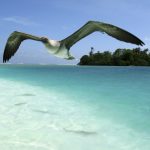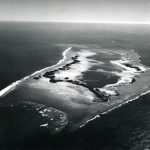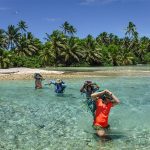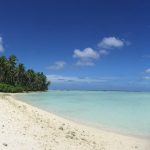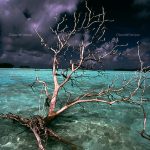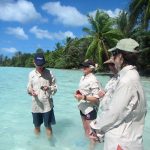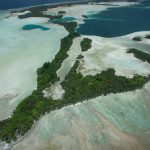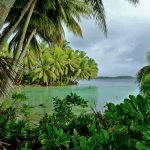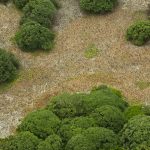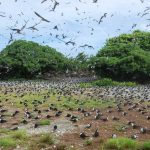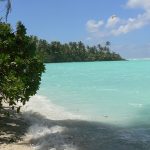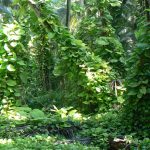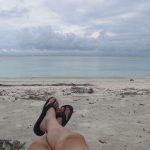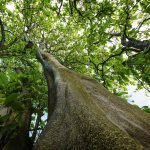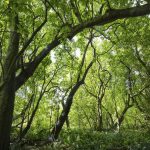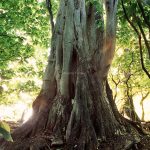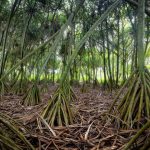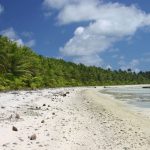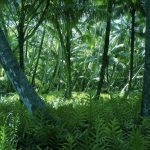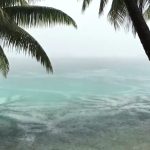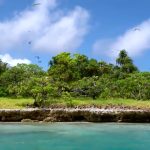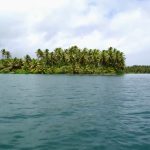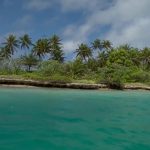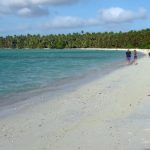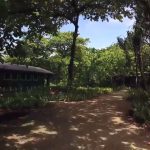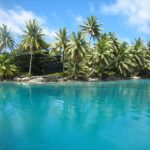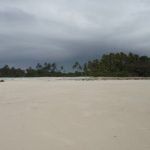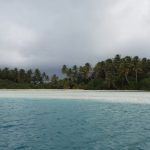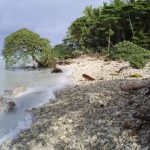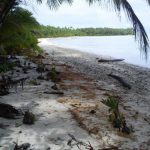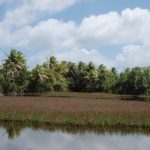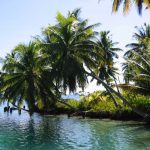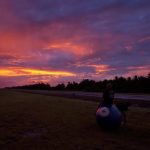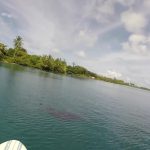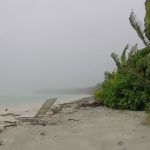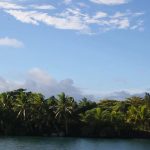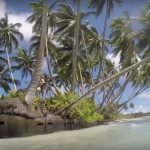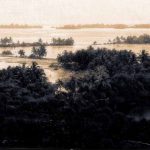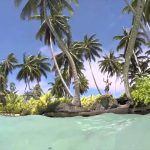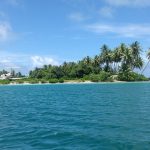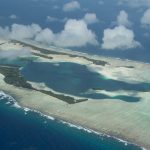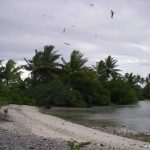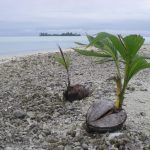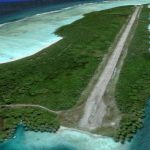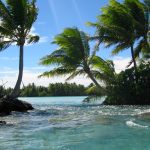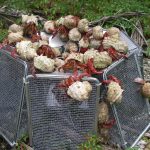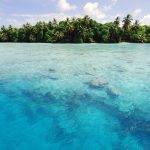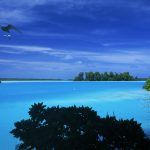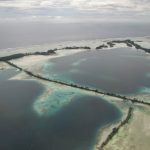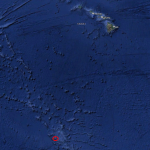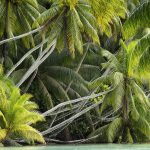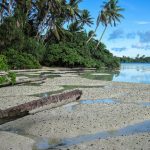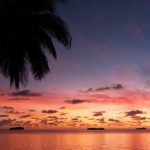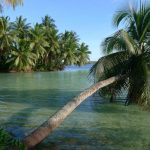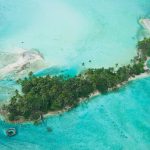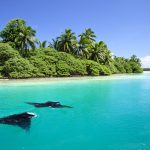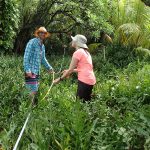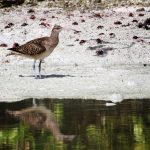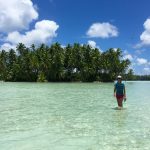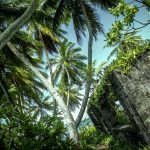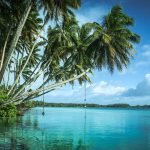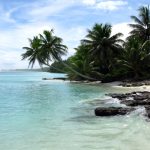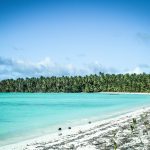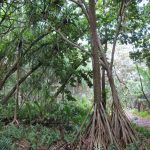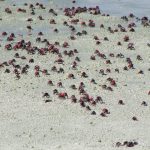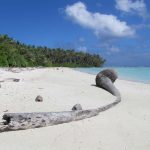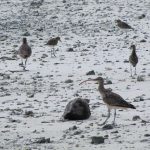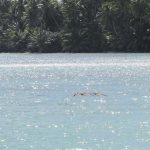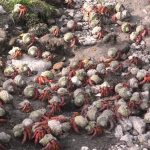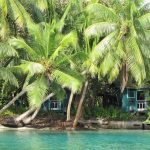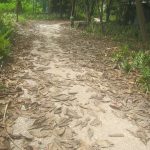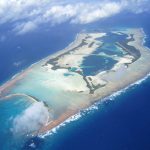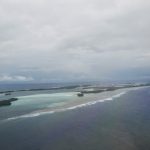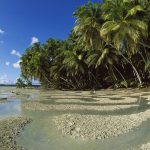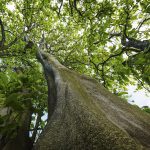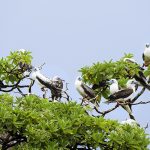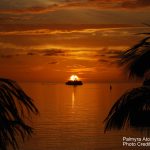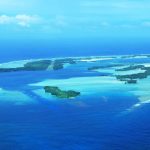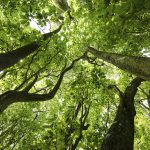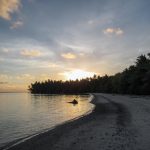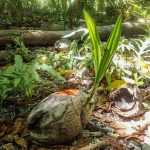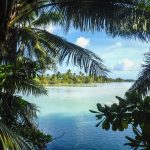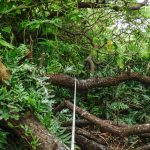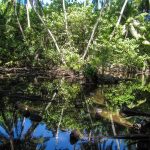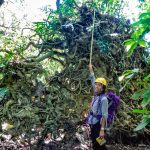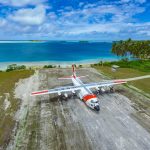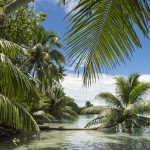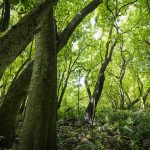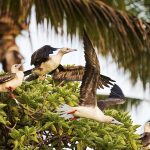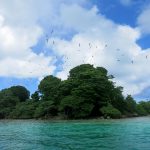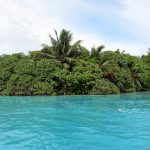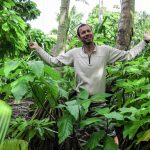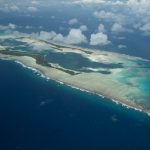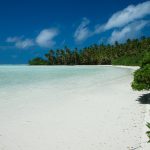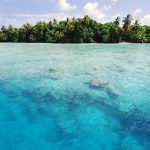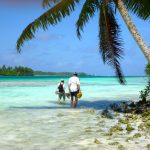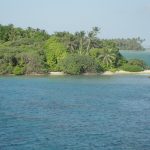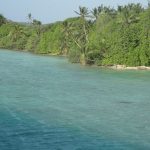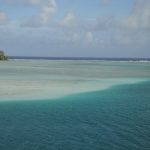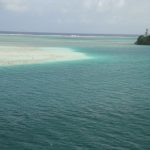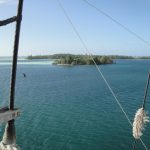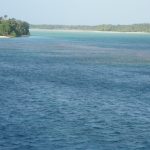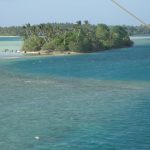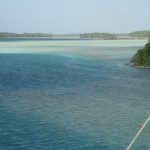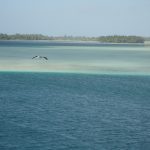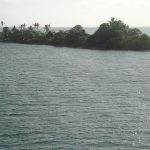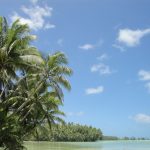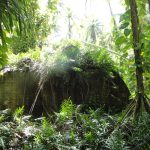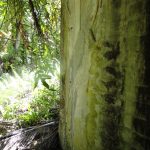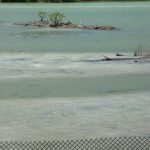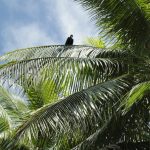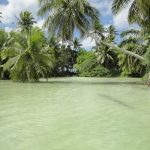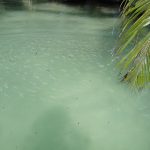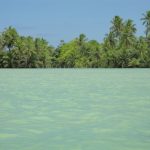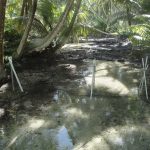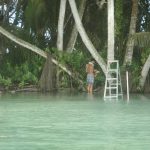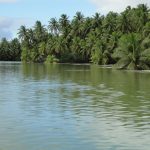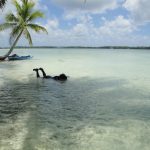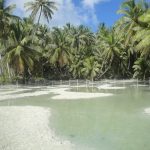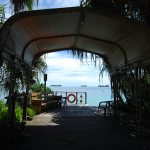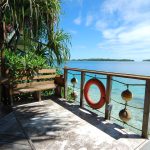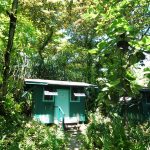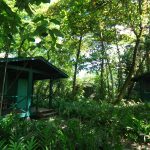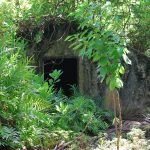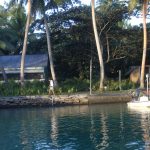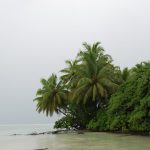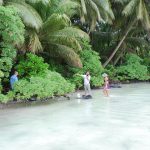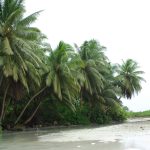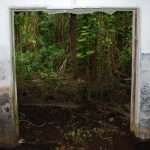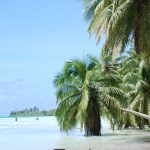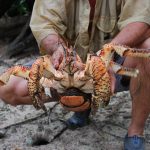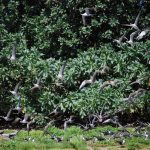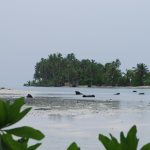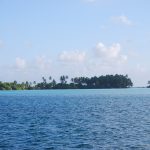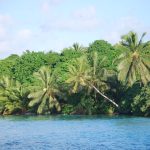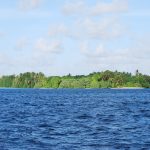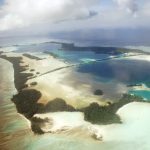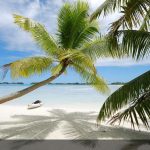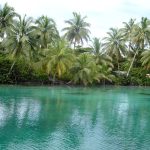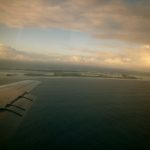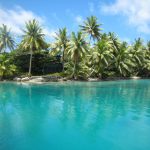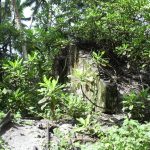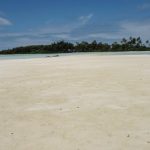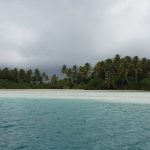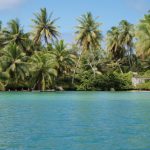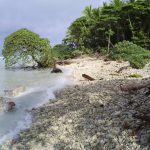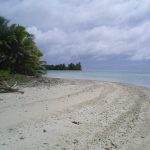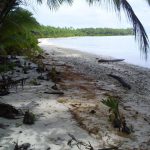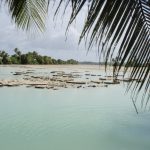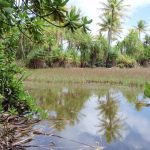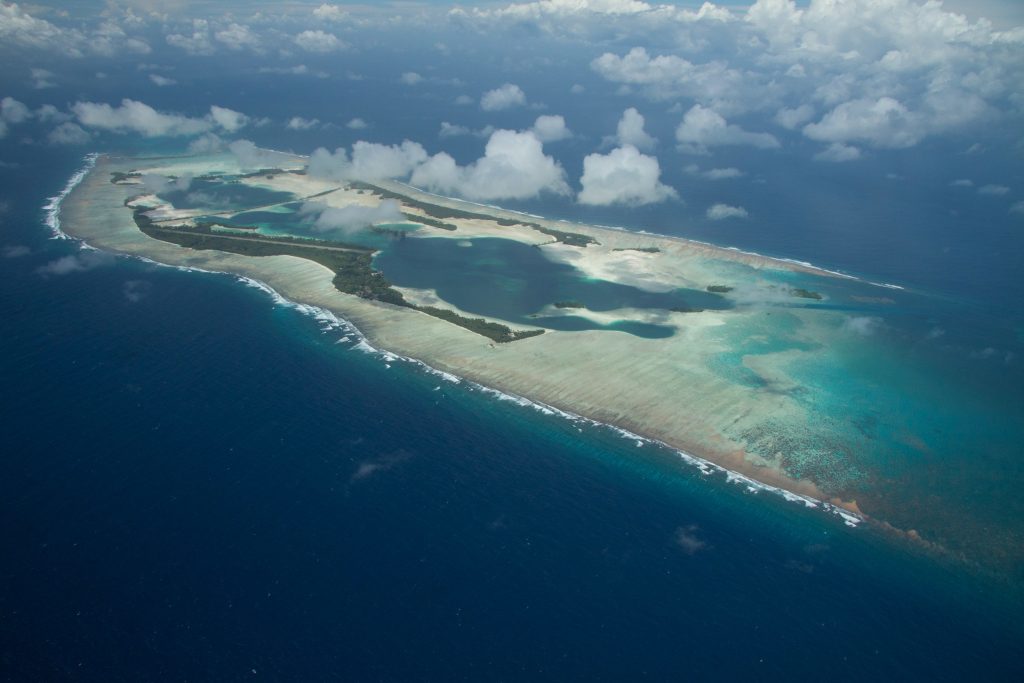
Palmyra Atoll or Palmyra Island is an atoll in the Central Pacific Ocean. It is part of Line islands (almost all belong to Kiribati except Palmyra and Kingman Reef, both belonging to the USA), and is the second northern island (only Kingman Reef is northern from Palmyra). Its size is about 2944 acres (1191 ha), and its maximum length/width is 6,9kmX2,3km. There are about 14 km of sea-facing reef and coastline. It is around 1600 km southwest of Honolulu.
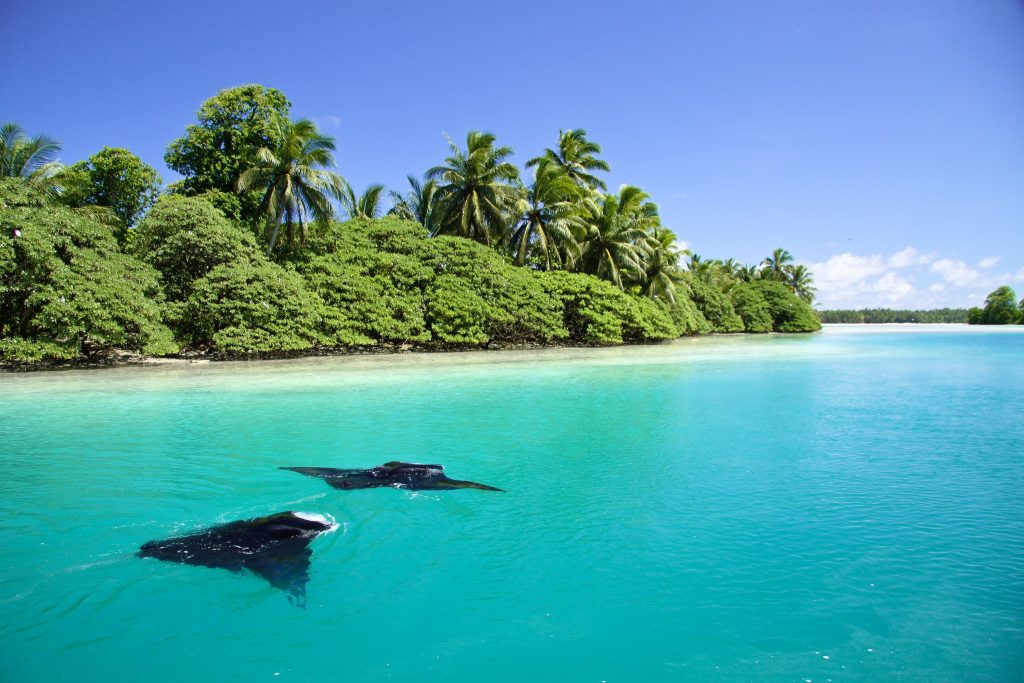
Palmyra Atoll is an Incorporated territory of the United States Minor Outlying Islands, and is administrated by the United States Fish and Wildlife Service. It is also part of the Pacific Remote Islands Marine National Monument, a large marine protected area, actually, one of the world’s largest marine protected regions. The average height of the atolls is about 2m and the highest elevation is around 10m.
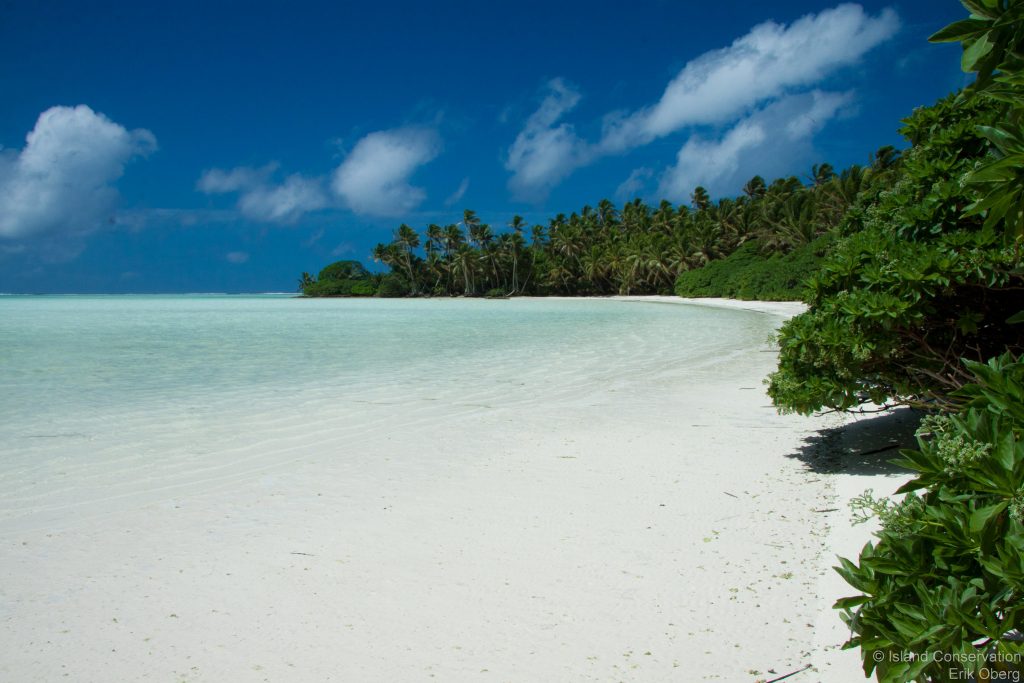
There is one boat passage and anchorage (from the south-western part of the atoll) that leads directly to the inner lagoon so that boats could anchor in the boat dock. That passage is artificially built for ships and submarines in WWII. Around 150 species of corals live in Palmyra’s waters, which is double more than in Hawaii. There are around 50 islets on the atoll, with the vast majority covered in dense vegetation.
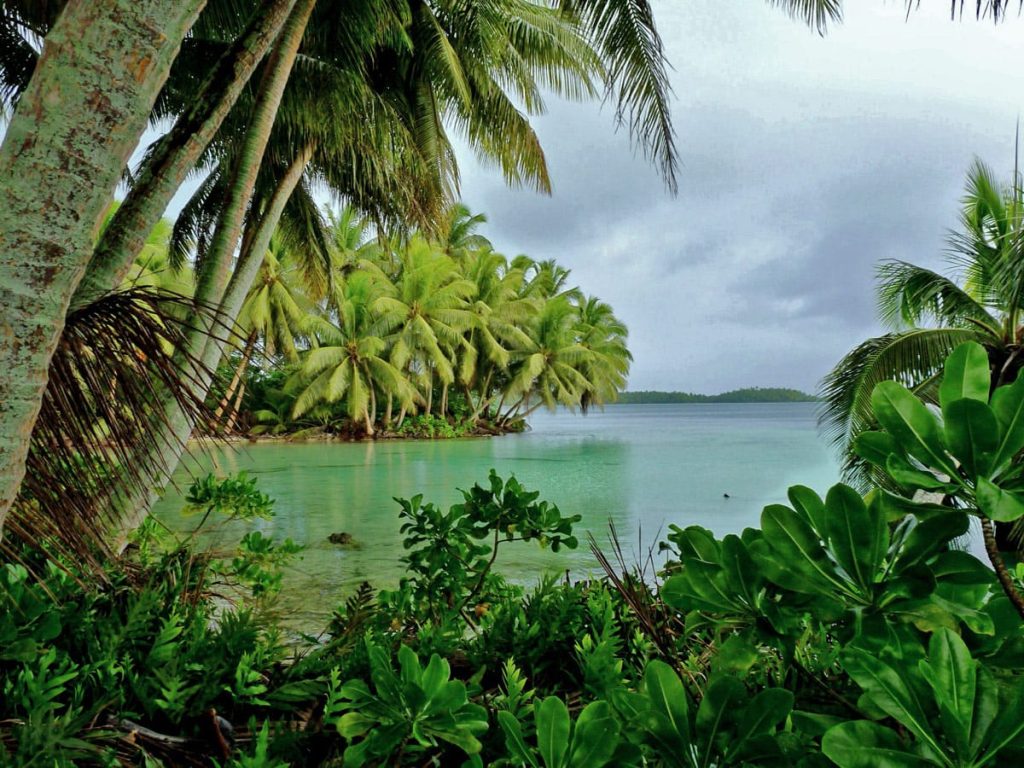
The atoll is very beautiful and one of my favorites, the best. It has amazing white sandy beaches with nice shades of turquoise and blue warm water, too much vegetation (including many coconut palms as well), and great biodiversity. The atoll was discovered in 1798 by American Captain Edmund Fanning while traveling to Asia with his ship Betsy. It got its name from the ship Palmyra, which sunk on it on November 7. 1802.
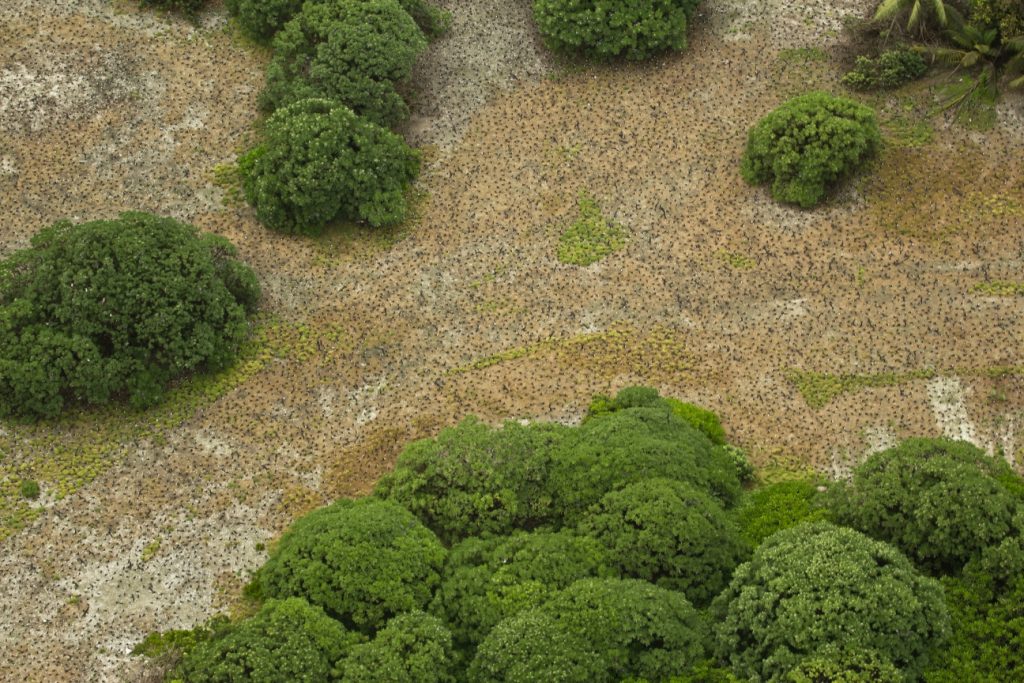
In 1859. the island was annexed by the USA, and in 1862. by the Kingdom of Hawaii, and in 1898. after the annexation of Hawaii, it returned to USA possession. There is an airport at Palmyra Atoll, as well as some buildings and facilities for research and docks for boats. The atoll has a humid tropical climate, with an average temperature is about 29C year-round on the atoll, and average rainfall is around 4400mm per year. There are no permanent inhabitants.
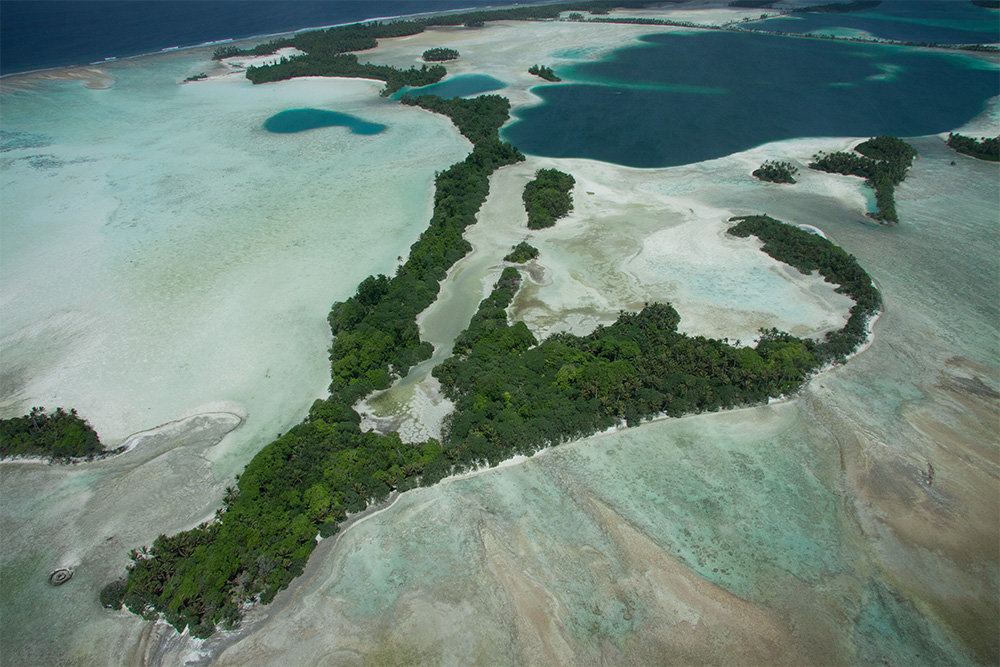
The Nature Conservancy purchased Palmyra Atoll in 2000. to protect an endangered marine wilderness and establish a platform for applied conservation science. A major native rainforest restoration project is currently underway, and once finished, it should restore ecological balance to the atoll. They established Climate Adaptation and Resilience Laboratory at Palmyra Atoll for further research and actions to help the conservation of the atoll, as well as for better adapting and fighting locally (and globally indirectly) against the increasing effects of climate changes.
This is quote from The Nature Conservancy:
With the support of a core group of visionary conservation champions, TNC purchased Palmyra Atoll in 2000 to protect an endangered marine wilderness and establish a platform for applied conservation science.
TNC’s commitment to Palmyra was richly rewarded as it rapidly became a focal point for scientists from the world’s leading research institutions, and the atoll itself played a key role in inspiring the creation of the Pacific Remote Islands Marine National Monument.
Today, Palmyra is a TNC preserve within a National Wildlife Refuge and further protected—out to 50 nautical miles—by the national monument, the largest collection of ocean and islands protected under a single jurisdiction in the world. With most local threats managed, Palmyra’s atoll ecosystem is well positioned for adaptation and resilience in response to climate impacts.
The science here is as spectacular as the habitat protected by it, including globally significant work on El Niño patterns that led to a breakthrough in understanding human impacts on tropical marine ecosystems.
Now, as Palmyra enters its third decade under conservation management, TNC’s ambitious global goals and priorities—and the urgency of climate change—bring this storied atoll’s global scientific value into newly sharpened focus.
With coastal erosion, sea-level rise, ocean warming and other impacts intensifying, low-lying coral islands like Palmyra are on the front line of global climate change. At Palmyra, TNC aims to provide other Pacific atolls with a model for understanding the essential elements keeping reefs healthy and transferring that knowledge to similar places to help reduce impacts.
Palmyra’s rainforest once dominated the atoll, but copra farming, black rats and deforestation by the U.S. military during World War II reduced it to a few patches. In its stead are thick groves of introduced coconut palms ill-suited for seabirds. Rats were eradicated from Palmyra in 2011, igniting a resurgence of native bird and plant life. A major native rainforest restoration project is underway. When completed, it will flip forest dominance and restore ecological balance to the atoll, maximizing the seabird-driven nutrient cycle and increasing terrestrial and marine ecosystem resilience to climate change impacts.
As the world continues to face significant questions about how to manage, mitigate and adapt to the impacts of a changed and changing climate, TNC created the Climate Adaptation and Resilience Laboratory (CARL) at Palmyra Atoll to refine, amplify and accelerate the application of TNC’s nature-based solutions to challenges and places far beyond Palmyra.
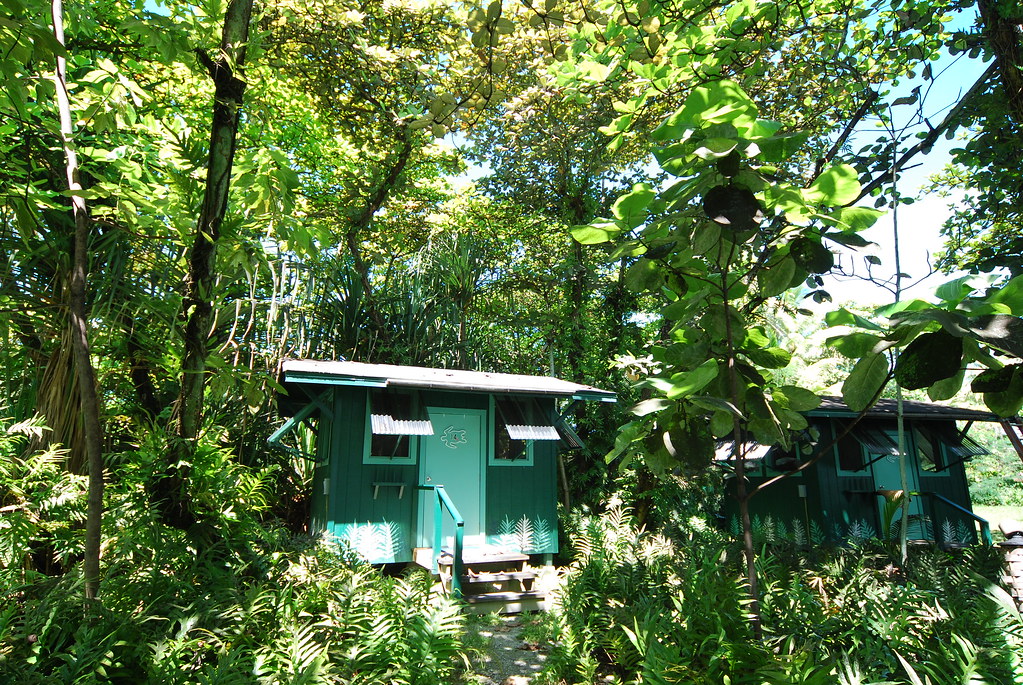
Now, you will see our very large gallery (165 pictures!), and you will get an ecosystem healing example that happened on Palmyra Atoll itself ( click on a picture and wait for a little until the gallery loads, then scroll left/right, and press Esc to exit, optionally you can press F11 for a bigger gallery).
ECOSYSTEM HEALING EXAMPLE
Of course, there is also good news if one tries hard, that some places have been saved, and not only that, but they have made a significant contribution to the science of how to learn from their examples and what is achieved by their healing and how quickly. An example is the Palmyra Atoll directly.
This atoll was also heavily modified in World War II for war needs, an airport was built, bunkers, hangers were dug, reef and ground were pierced so that ships and submarines could pass. The Japanese attacked the atoll by water and by air, and even planes fell on it. Today is the best example of conservation of the environment, water and most contributes to science. The atoll was put under conservation, the state and conservation companies and UNESCO protected it. Tourism does not exist on it, rarely who with special permission can come. Only scientists and volunteers who maintain the island are there. In a short time, nature there healed itself. As soon as the rats were exterminated, everything went massively for the better. The birds returned, like many crabs, and began to breed much faster, as their rats were a dangerous threat. Not only that. The 2018 report stated that after the rat was exterminated, it was not long before the mosquito extermination! Neither rats nor mosquitoes are native to the island, they came here with the arrival of 2,400 soldiers in World War II, and have since terrorized the living world on the atoll. After the extermination of mosquitoes, which is a side effect of exterminating rats (because they mostly fed on rats and bird’s blood), birds, turtles, crabs and the rest of the world reproduce even faster. Experience with Palmyra has contributed most to science, as extinction of predators has a positive impact on mass ecosystem restoration. Of course, with as little presence as possible of people in the area. Also, reefs have been restored as much, because with the departure of human ships, pollution, rats and mosquitoes, the vast number of aquatic species as well as water quality has increased significantly. So they called that job “Paradise Renewed.”

That is why it is very important to preserve nature in such a way that the quality of the aquatic life, and therefore of the human being, can be improved very quickly, in order to reduce pollution, and to preserve the entire living world on which we depend.
It is important to note that about 4500 millimeters of rain per square meter falls on Palmyra annually, making it a region with heavy rainfall. At that point, the currents that bring southwest and northeast winds collide, creating bigger clouds and rain. Also, the Palmyra Lagoon is extremely deep for a smaller atoll, going below 30 meters deep, up to 50 meters deep, and the atoll has as many as three lagoons. With all this, lush vegetation, animals and corals make it unique of its kind.
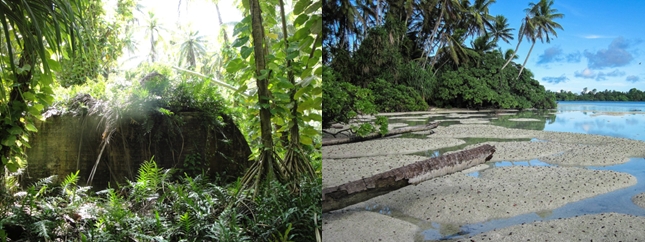
This is why such research is of great importance for presenting and raising environmental awareness for the protection of water, oceans and islands, since without them there is no clean water. Through this kind of research, many environmental associations, scientists and organizations, via the media, try to impress people and raise awareness about environmental conservation.

